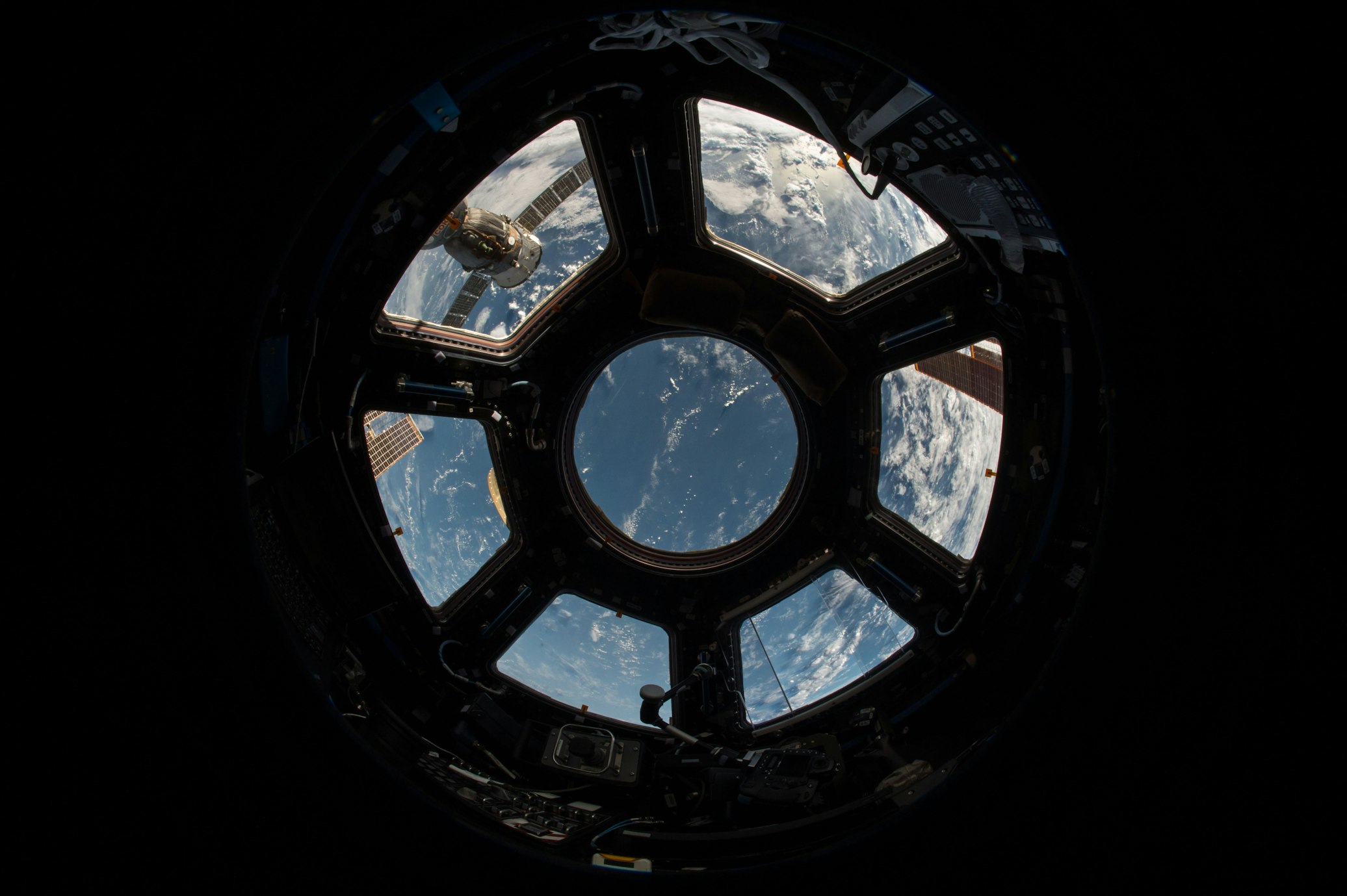No single sensor captures the full story in contested environments. Dust blinds cameras, reflective surfaces confuse LiDAR, and standalone IMUs drift. Multi-modal sensor fusion amplifies strengths, masks weaknesses, and produces a coherent world model.
Quick Takeaways
- Balanced sensor stacks outlast weather, lighting shifts, and dynamic scenes.
- Adaptive fusion recognizes when sensors fail and re-weights inputs instantly.
- Real deployments show centimeter-accurate localization across urban chaos.
Building the Right Sensor Mix
Every mission profile demands a different blend, but a resilient baseline looks like this:
- LiDAR for centimeter-grade structure and repeatable range measurements.
- Cameras to inject color, semantics, and long-range cues for planning.
- IMUs to provide stable motion estimates between rich sensor frames.
- Radar to see through particulates, precipitation, and low-light conditions.
Careful calibration and time synchronization turn these individual performers into a coordinated team.
Fusion That Adapts in Real Time
We combine extended Kalman filters, graph-based optimization, and particle filters to keep localization and mapping aligned.
The system constantly monitors sensor health and re-weights inputs when conditions shift—whether that’s a dirty lens, degraded LiDAR returns, or radar reflections off moving objects.
Why it matters: Adaptive fusion keeps autonomy stacks online through weather swings, sudden lighting changes, and the inevitable sensor hiccups that happen in the field.
Proven on the Street
In a recent autonomous vehicle deployment, the fusion stack:
- Held centimeter-level accuracy across dense traffic, tunneled sections, and construction detours.
- Classified obstacles, predicted partner-vehicle intent, and refreshed local maps in real time.
- Continued operating when cameras washed out in bright sun and LiDAR returns thinned in heavy rain.
Operators got a trustworthy spatial model regardless of what the environment threw at the vehicles.
The Road Ahead
Expect future iterations to layer in self-calibration routines, learned priors that accelerate mapping in familiar territory, and semantic understanding that turns geometry into actionable intent.
The end state is richer, more trustworthy spatial intelligence powering the next wave of mission-ready autonomy.

Priya Das
Senior Spatial AI Engineer at Heliox AI, specializing in SLAM technology and autonomous systems.

